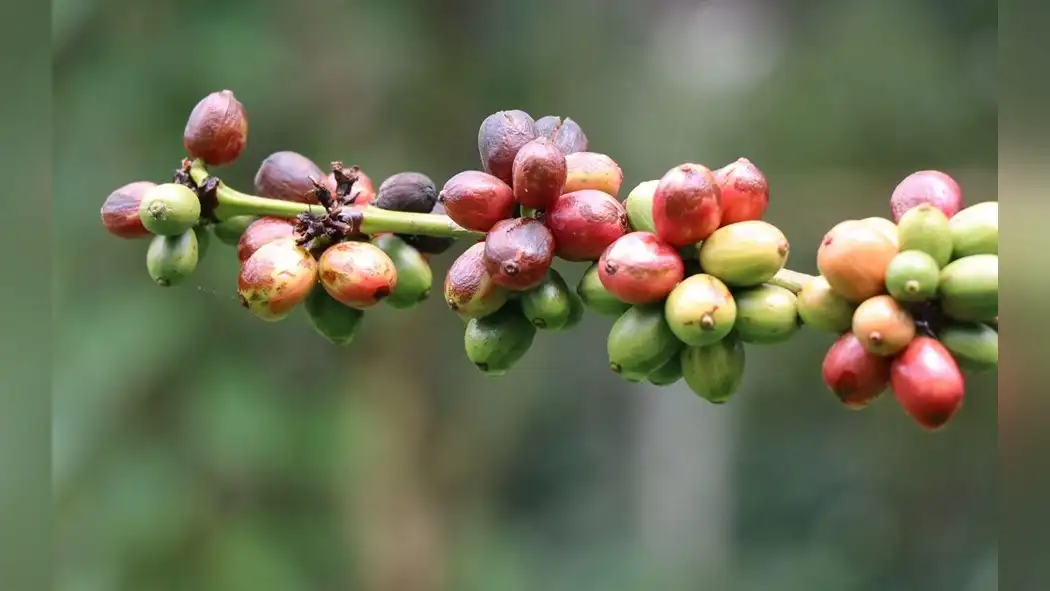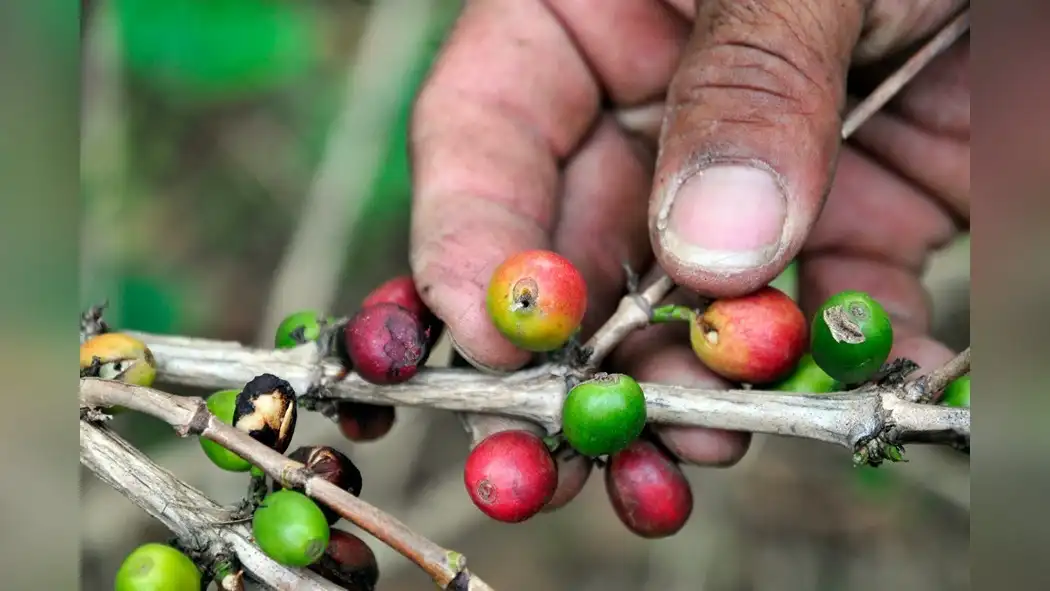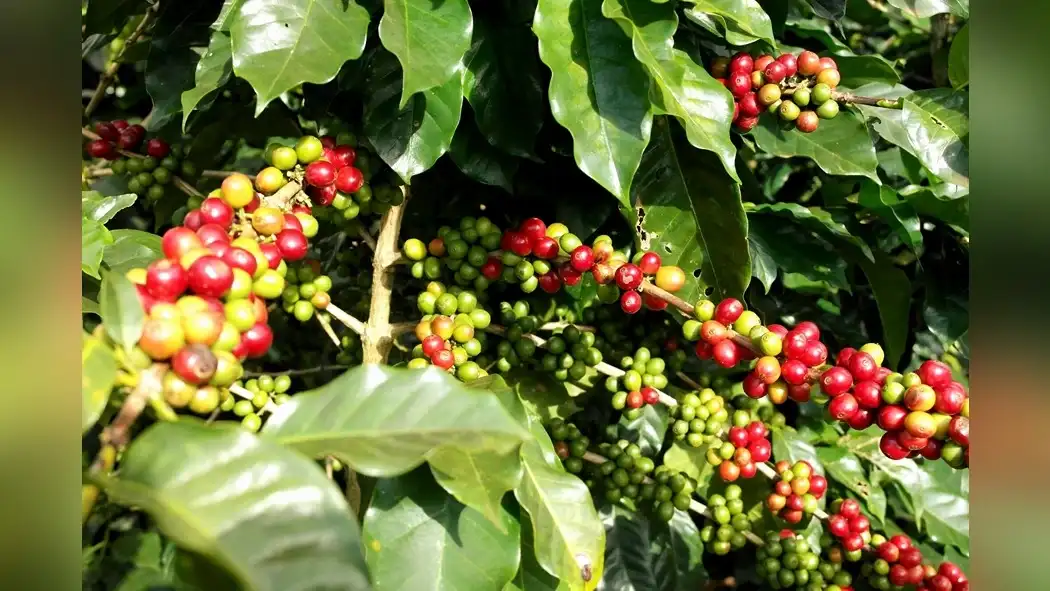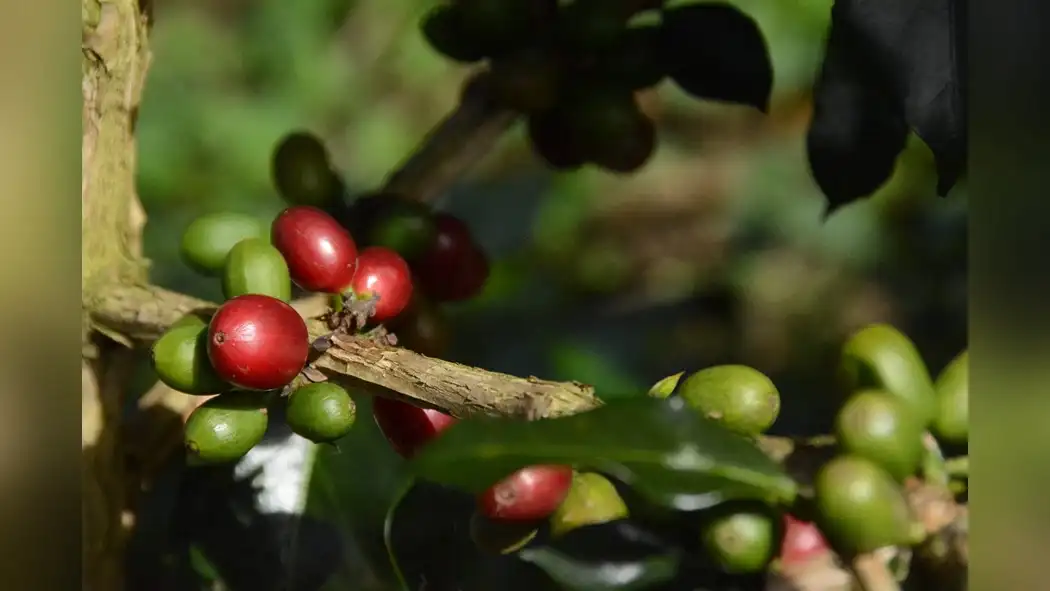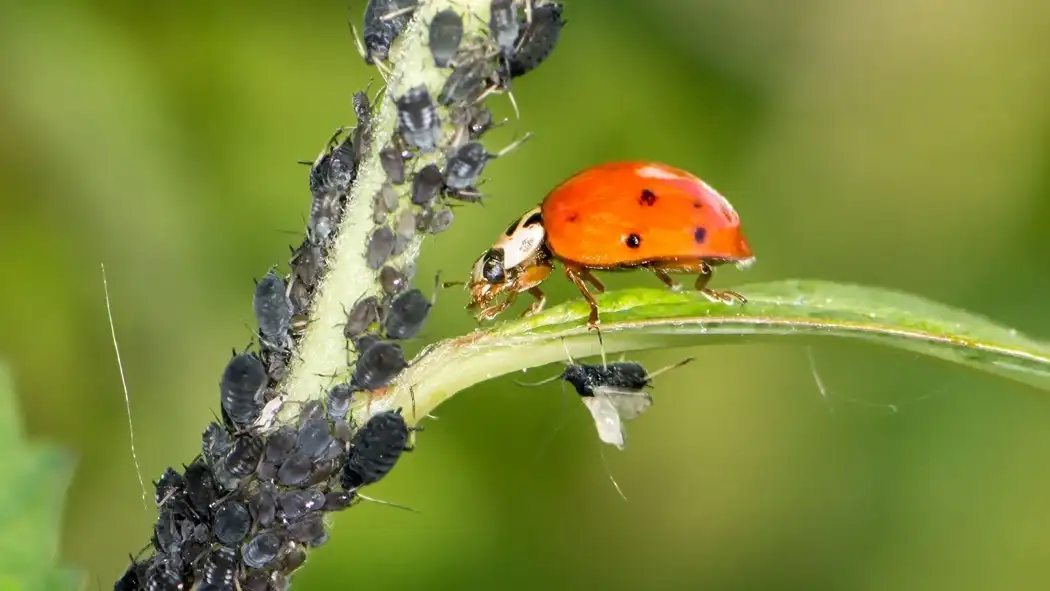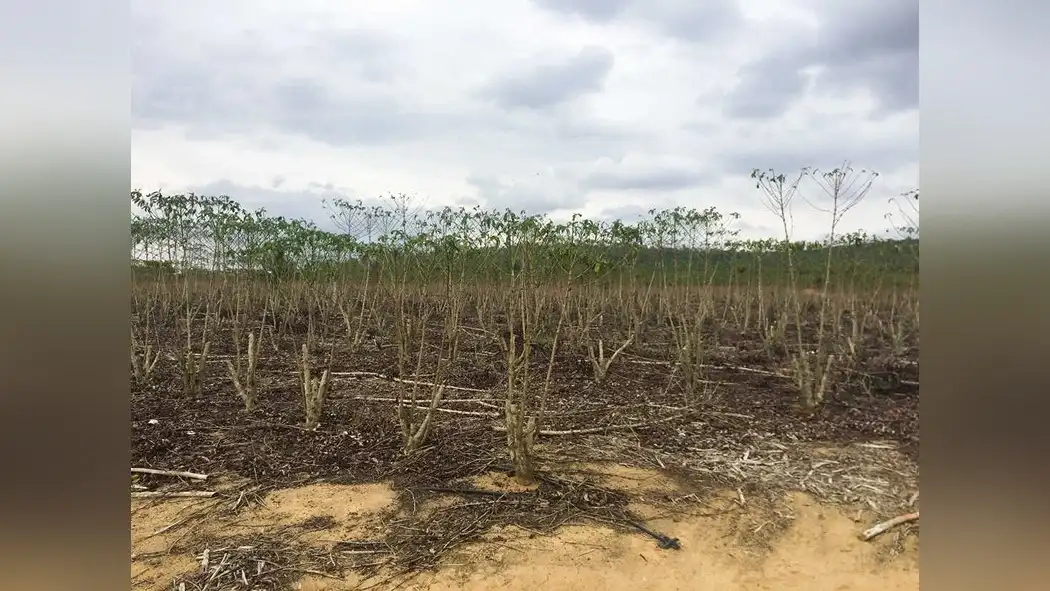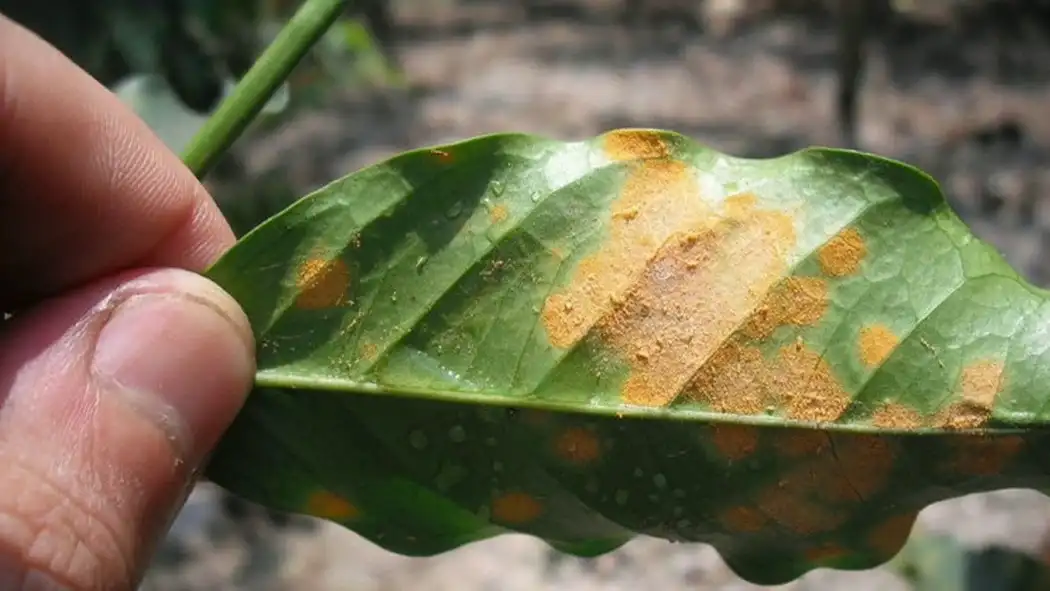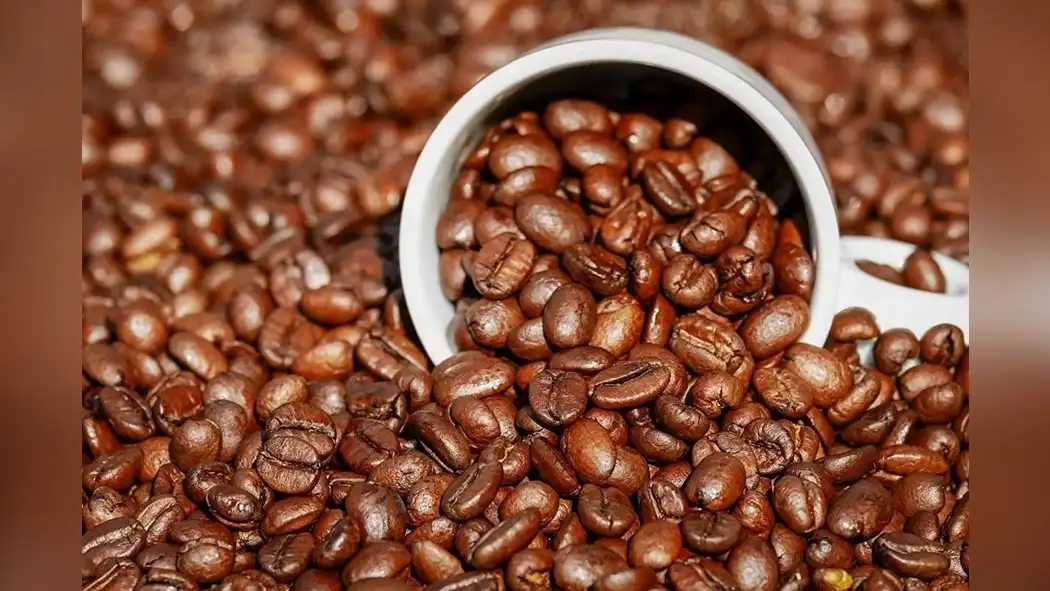When it comes to cultivating robusta coffee, dealing with pests can feel like battling a storm that never lets up. But fear not, because Integrated Pest Management (IPM) is your shield against this relentless onslaught.
This approach focuses on sustainable solutions that not only control pests but also safeguard the environment and human health. By integrating multiple strategies like biological control, cultural practices, and monitoring, you can cultivate robusta coffee while minimizing the use of chemical pesticides.
Let's delve into the world of IPM for sustainable robusta coffee production and discover how it can help you protect your crops, your land, and your future.
Importance of Integrated Pest Management
You'll understand the importance of integrated pest management in robusta coffee production.
Sustainable pest management is crucial for the long-term health and productivity of coffee plantations. By integrating pest management strategies, you can minimize the environmental impact of controlling pests while maintaining the sustainability of coffee production.
Pest management is vital because pests can significantly reduce coffee yields and quality. Without effective pest management, coffee plants are susceptible to diseases and damage caused by pests, which can lead to reduced crop yields and economic losses for coffee farmers. Integrated pest management not only addresses these issues but also contributes to the overall sustainability of coffee production by reducing the reliance on chemical pesticides.
Moreover, sustainable pest management practices promote environmental health by preserving the natural balance of ecosystems within and around coffee plantations. By minimizing the use of harmful chemicals, integrated pest management helps protect beneficial insects, soil microorganisms, and wildlife. This approach fosters a more ecologically friendly and sustainable coffee production system, benefiting both the environment and the livelihoods of coffee producers.
Common Pests in Robusta Coffee Farms
Hey there!
Let's talk about the common pests that can wreak havoc on Robusta coffee farms. Among these pests are the notorious Coffee Berry Borer, known for its destructive impact on coffee berries, and the Leaf Rust Disease, which can rapidly spread and devastate coffee plants.
Understanding these common pests is crucial for implementing effective Integrated Pest Management strategies to ensure the sustainable production of Robusta coffee.
Coffee Berry Borer
When managing the Coffee Berry Borer in your Robusta coffee farm, it is essential to implement effective integrated pest management strategies to minimize damage and ensure sustainable production. The following table outlines key pest control methods for addressing the Coffee Berry Borer in your coffee farm:
| Pest Control Method | Description | Benefits |
|---|---|---|
| Biological Control | Introduction of natural enemies such as parasitoids | Sustainable, reduces chemical usage |
| Cultural Control | Proper sanitation, pruning, and shade management | Minimizes pest population |
| Chemical Control | Judicious use of insecticides targeted at specific stages | Immediate and targeted pest reduction |
Implementing a combination of these strategies tailored to your farm's specific conditions can effectively manage the Coffee Berry Borer while promoting sustainable farming practices.
Leaf Rust Disease
To effectively manage the Leaf Rust Disease in your Robusta coffee farm, implementing integrated pest management strategies is crucial for sustaining production and minimizing the impact of this common pest.
Leaf Rust Disease, caused by the fungus Hemileia vastatrix, can lead to significant yield losses if not properly controlled. Here are three key approaches to combat Leaf Rust in your coffee farm:
- Resistant Breeding: Select and cultivate Robusta coffee varieties that demonstrate natural resistance to Leaf Rust, thus reducing the need for chemical intervention.
- Fungicide Application: Utilize fungicides strategically and responsibly to control Leaf Rust outbreaks, taking care to follow recommended application rates and timing.
- Regular Monitoring: Implement a rigorous monitoring system to detect early signs of Leaf Rust infestation, allowing for prompt and targeted intervention.
Key Components of IPM
Now, let's talk about the key components of IPM.
You'll learn about pest monitoring techniques, introducing natural predators, and using non-chemical control methods.
These components play a crucial role in managing pests while minimizing environmental impact and promoting sustainable coffee production.
Pest Monitoring Techniques
You should regularly conduct visual inspections of your coffee plants to detect early signs of pest infestations.
In addition to visual inspections, employing insect trapping and disease surveillance techniques can help in monitoring pest populations and identifying potential threats to your coffee plants.
These monitoring techniques allow you to assess the severity of pest infestations and make informed decisions about pest control measures.
Furthermore, monitoring pest populations is essential for understanding their environmental impact and ensuring the sustainability of your coffee production.
Natural Predator Introduction
Regularly introducing natural predators into your coffee plantation can effectively control pest populations and minimize the need for chemical interventions, thereby promoting a more sustainable approach to pest management. By implementing natural predator introduction as a part of your integrated pest management (IPM) strategy, you can significantly reduce reliance on synthetic pesticides while maintaining a balanced ecosystem within your coffee plantation. Below is a table outlining some commonly used natural predators and their targeted pests in coffee plantations:
| Natural Predator | Targeted Pests |
|---|---|
| Ladybugs | Aphids, Mealybugs |
| Lacewings | Spider Mites, Thrips |
| Predatory Mites | Spider Mites |
| Parasitic Wasps | Coffee Berry Borer |
| Ground Beetles | Caterpillars, Snails |
Non-Chemical Control Methods
Embracing non-chemical control methods is essential for maintaining a sustainable and balanced ecosystem within your coffee plantation, further contributing to the effectiveness of your integrated pest management (IPM) strategy. By incorporating biological control and cultural practices, you can effectively manage pests while minimizing environmental impact and maintaining the quality of your coffee beans.
- Biological Control: Introduce natural predators like ladybugs or parasitic wasps to control pest populations.
- Cultural Practices: Implement practices such as intercropping with pest-repellent plants or adjusting irrigation to reduce pest habitats.
- Mechanical Control: Utilize physical barriers or traps to prevent pest infestations without resorting to chemical pesticides.
Implementing these non-chemical control methods not only helps in managing pests but also promotes a healthier and more sustainable coffee production system.
Implementing IPM Strategies
To effectively implement IPM strategies, begin by conducting a thorough assessment of the pest pressures in your Robusta coffee plantation. Identify the specific pests that are causing damage and evaluate their population dynamics. This will help you understand the severity of the infestation and determine the most appropriate IPM measures to implement.
Implementing IPM strategies in your coffee plantation is crucial for sustainable farming practices. Once you have assessed the pest pressures, prioritize the use of non-chemical control methods such as cultural practices, biological control, and mechanical interventions. These methods not only target the pests but also minimize the impact on non-target organisms and the environment.
Additionally, consider implementing habitat manipulation to disrupt pest reproduction and movement. Monitoring the effectiveness of your IPM implementation is essential. Regularly assess the pest populations and the success of the control measures employed. This will enable you to make informed decisions and adjust your strategies as needed, ultimately contributing to the long-term sustainability of your Robusta coffee production.
Monitoring and Evaluation in IPM
When implementing IPM strategies, you should regularly monitor and evaluate the effectiveness of pest control measures in your Robusta coffee plantation. This is crucial for ensuring the success of your IPM program and maintaining a sustainable coffee production system.
There are several evaluation techniques that can be employed to assess the impact of IPM on pest populations and overall ecosystem health:
- Pest Population Surveys: Conduct regular surveys to monitor pest populations and their natural enemies. This can provide valuable insights into the effectiveness of biological control measures and help gauge the need for additional interventions.
- Ecosystem Health Assessments: Evaluate the overall health of the coffee plantation ecosystem, including soil quality, plant vitality, and biodiversity. A healthy ecosystem is better equipped to resist pest infestations.
- Impact on Non-Target Species: Assess the impact of pest control measures on non-target species to ensure that beneficial organisms aren't adversely affected.
Benefits of IPM in Coffee Production
Implementing an effective IPM program can significantly reduce pesticide use in your Robusta coffee plantation while maintaining pest control efficacy. By utilizing methods such as crop rotation, biological control, and the use of resistant coffee varieties, you can minimize the need for chemical pesticides.
This not only contributes to sustainable farming practices but also helps protect the environment by reducing the negative impact of agrochemicals on soil, water, and non-target organisms. Furthermore, the implementation of IPM can lead to cost savings as you reduce the amount spent on pesticides while maintaining or even improving crop yields.
Additionally, by promoting a more balanced ecosystem within your coffee plantation, IPM can lead to enhanced biodiversity, which can have long-term benefits for the overall health and resilience of your agricultural system. Embracing IPM in your coffee production not only supports your bottom line but also contributes to the preservation of the environment and the promotion of sustainable farming practices.
Conclusion
So, sip sustainably and savor robusta.
Safeguard your crops with integrated pest management. By implementing IPM strategies, you can combat common coffee pests while maintaining a healthy and robust crop.
Keep an eye on your farm, monitor and evaluate.
Reap the benefits of sustainable coffee production.
With IPM, you'll cultivate a thriving and trouble-free robusta coffee farm.

